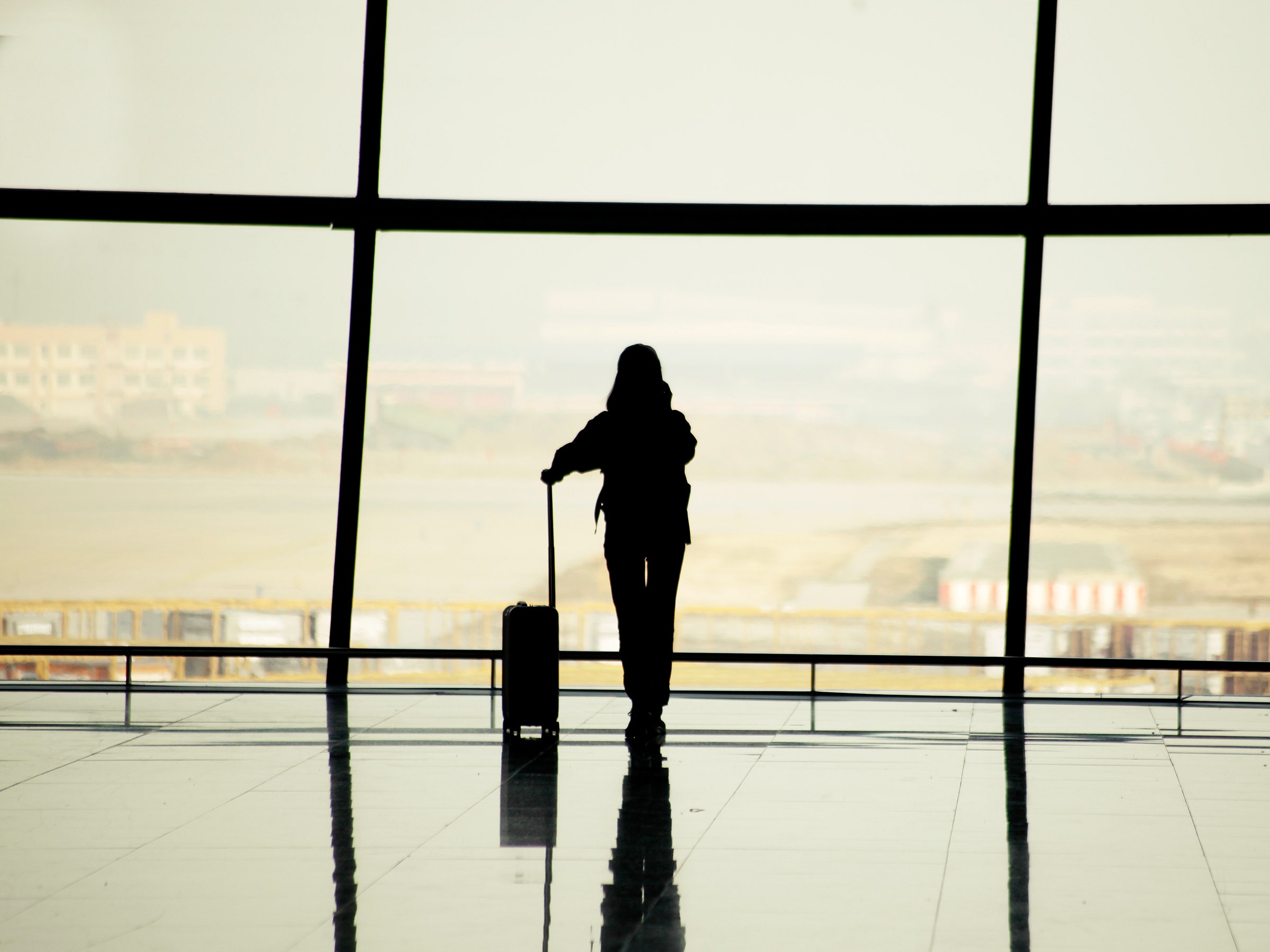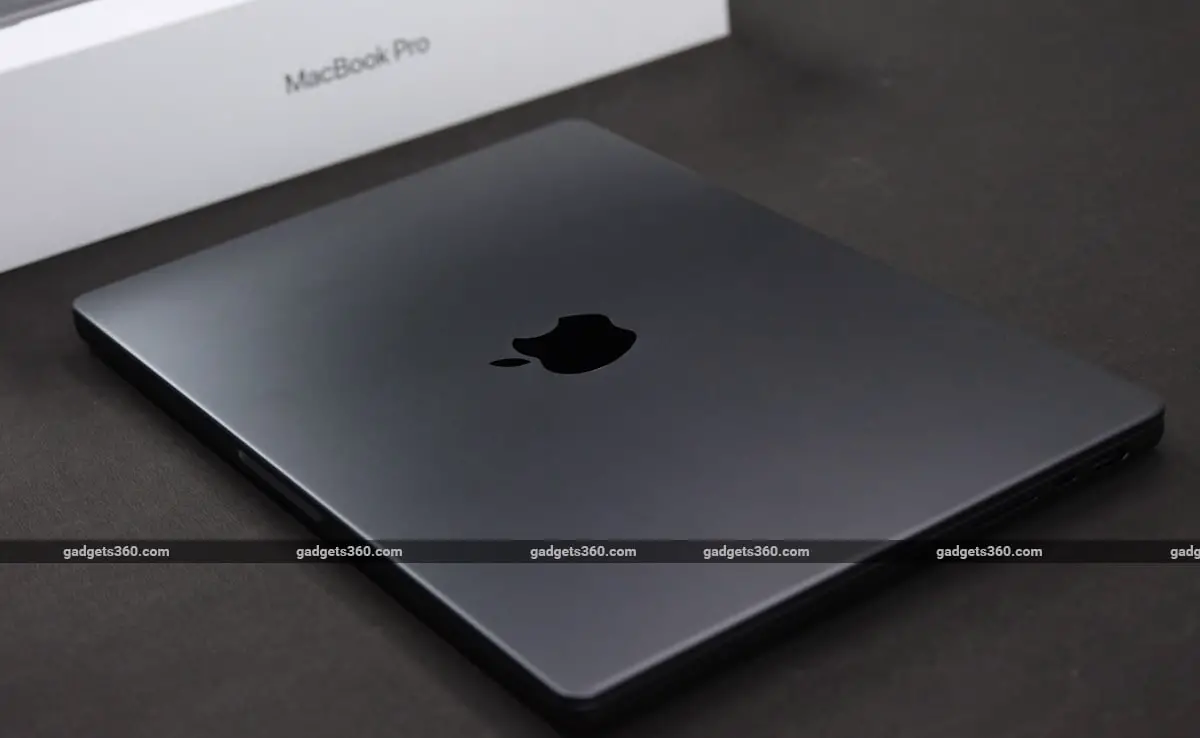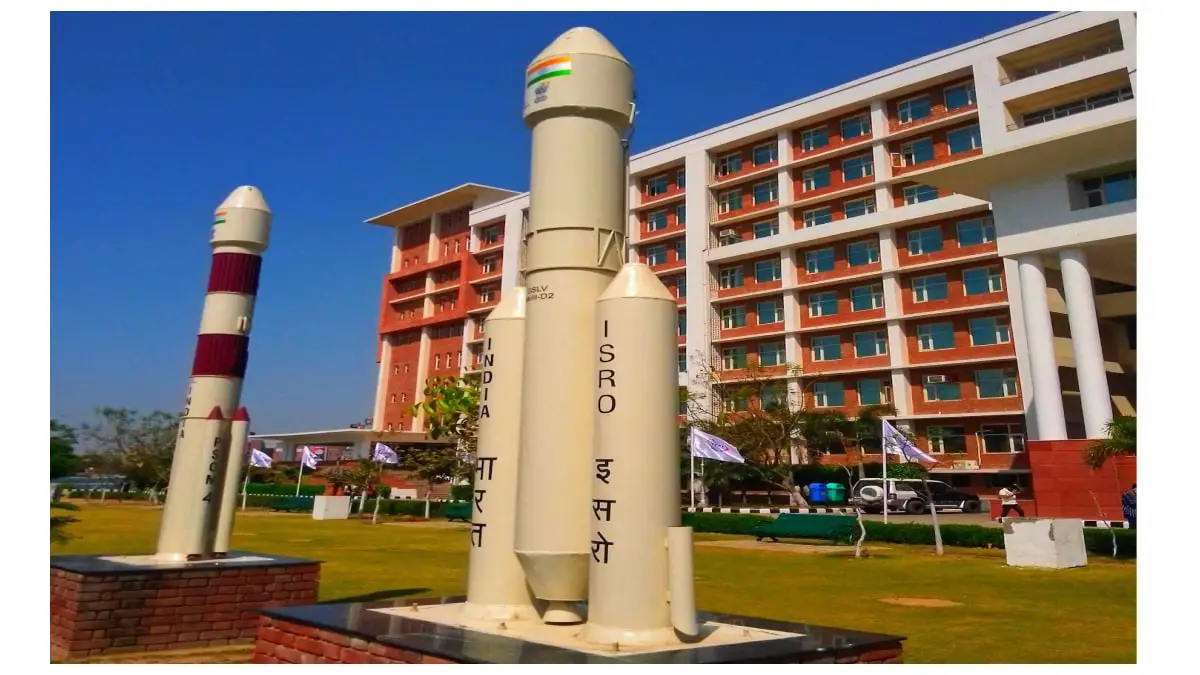It’s fairly common to experience some pre-flight jitters, especially if it’s been a while since your last plane trip. What if you forget an important document at home? What if you get lost at the airport and miss the flight? What if you fart while the plane is in the air and everyone turns around to look at you with disgust?
Well, I’m not sure how to help you out with that last concern, but I can pass along some good advice to keep you calm in anticipation of your next trip. As someone who has flown tens of thousands of miles over the past few years, I do feel qualified to share some hard-earned tips that will help you handle long-distance travel.
Keep Your Documents on You and on Your Phone
You already know to carry your photo ID and/or passport and anything else your destination requires. But before you leave, take photos of all your documentation and keep the photos in your phone. Make sure the photos are clear and easy to read, and back them up to the cloud if you can. That way, if something happens to your physical documents, you have a record of them. For even more peace of mind, email the photos of your documents to yourself so there’s yet another place to access them if your phone is damaged or lost. Also, some destinations may require proof of vaccinations, so carry those documents (and photos of them) as well.
Tag and Track Your Bags
AirTags and similar devices are a great way to keep an eye on your luggage when it’s not with you. I put an AirTag in my purse, my backpack, and all of my checked bags, so every time I travel, I can see where my stuff is and how close it is to me.
This was especially helpful when my checked bags were left behind on a flight from the US to Australia; I could see the bags on a map still sitting at my home airport, I could see when they arrived at my airport in Australia, and I could show the baggage agents that my bags were nearby when I went looking for them in the terminal. As panic-inducing as it can be to arrive somewhere without your luggage, it helps so much to be able to at least see where your suitcases are at any given time, even if they are thousands of miles away.
I did eventually get mine returned to me after much back and forth with the airlines, and the AirTags gave me the confidence to keep pushing for action until I had my bags in hand again.
Bring Multiple Adapters That Work in Your Destination
If you’re traveling to another country, there’s a good chance that the plug sockets in that country don’t match the ones you’re used to. Many hotels and airports now have USB charging ports built into their plug sockets, but just in case, research what plugs your destination country uses and get a few adapters. We have some suggestions here.
Yes, a few; bringing just one can mean a lot of frustration as you shuffle your devices back and forth between the one usable plug. I usually travel with three adapters, but even then, I’ve been known to wish for more. You can’t be too prepared to plug things in.
Make Sure You’re Not Carrying Contraband
When I first came to Australia, I learned that this country has some pretty strict requirements for entry, including a ban on many types of food and agricultural products. Even loose dirt left on one’s boots from a trip to a farm can be a source of contaminants to the local flora and fauna.
Make sure that you’re not accidentally bringing things with you that will result in delays and confiscations at customs. This might include seeds, nuts, dairy, meat products, plant life, herbs, and rocks or dirt. Make sure your medications are in prescription bottles with your name on them, and make sure your medication is not banned at your destination. Each country has its own list of prohibited items, and those lists change frequently, so be sure to check the tourism or state department website of the country you’re visiting before you go.
For example, Customs and Border Protection in the United States maintains a list of prohibited and restricted items for anyone entering the US and links to other departments if permits are required. When in doubt, leave it at home; there are few things as frustrating as a lengthy wait at customs after a 15-hour flight.
Pack Your Carry-On for Easy Access
My carry-on backpack has the same things in it almost every time I fly: my laptop, my charging cables and a charging brick, a bottled drink, a change of clothes, a few toiletries, some snacks, tissues, gum, a book, and earphones.
Some of that I will want to access on the plane. Some of it will not be touched for the entire flight. With limited underseat space and a deeply rooted desire to not bother the people around me with my bending and yanking, I’ve developed a method for reaching the things I need the most. The outer pouch of my backpack, which is the easiest to get to, holds the tissues, gum, snacks, and charging cables. The inner part of the backpack is packed with the items I will most likely want at the top, easiest to reach.










